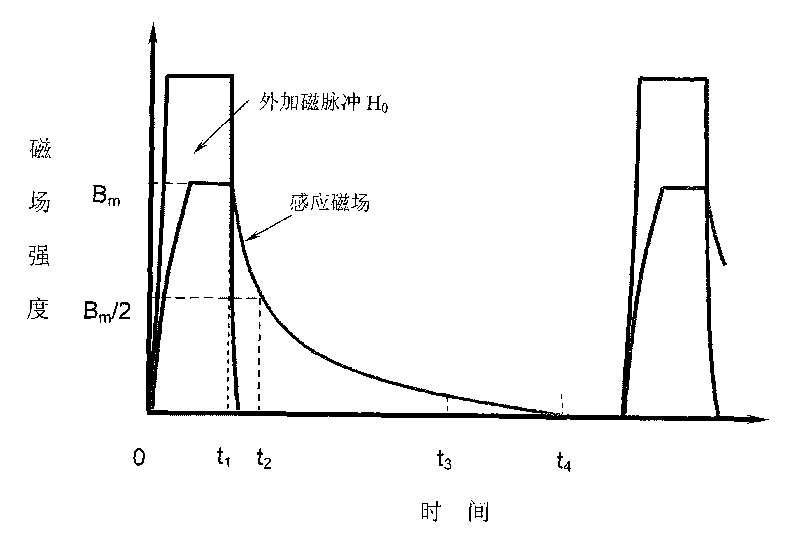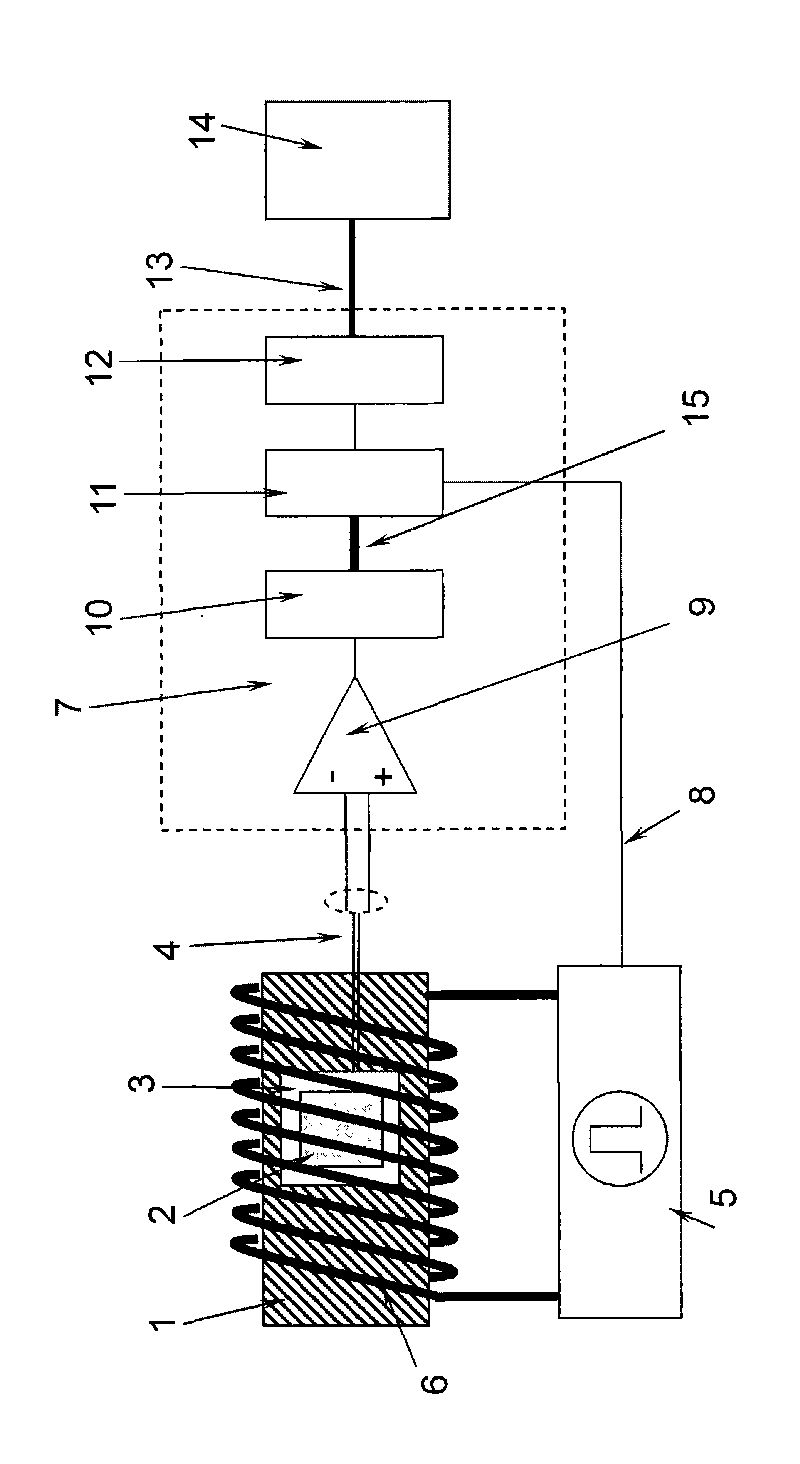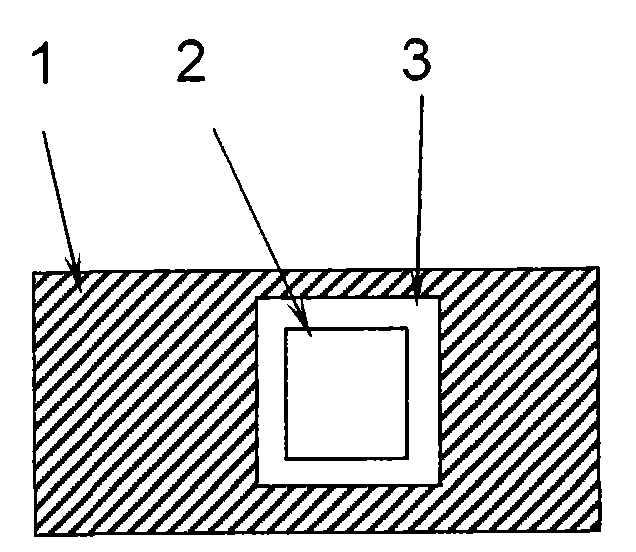Time-resolved remanence relaxation detector and application thereof in detection of superparamagnetic nanomaterial
A time-resolved, superparamagnetic technology, applied in the direction of material inspection products, material magnetic variables, biological testing, etc., can solve the problem that the detection sensitivity needs to be improved, the cost of the magnetic resonance instrument and the singleness of the application method, and the technology cannot really be put into practical application etc. to achieve the effect of reducing interference and improving detection sensitivity
- Summary
- Abstract
- Description
- Claims
- Application Information
AI Technical Summary
Problems solved by technology
Method used
Image
Examples
Embodiment 1
[0084] A single magneto-impedance sensor is used as a high-sensitivity magnetic-sensitive element to carry out test experiments. The specific test conditions are as follows: the pulse magnetic field strength is 2.5mT; the pulse magnetization time is 2s; The method provided by patent 200710187275.0); the samples to be tested were 12.6 μg, 21.5 μg, 59.6 μg, 168 μg, and 2010 μg; Figure 7 shown. Different amounts of Fe 3 o 4 The data of the detected residual magnetic field strength of the nanocrystal at 200 ms is shown in the table below.
[0085] 11nm Fe 3 o 4 Nanocrystal Sample Volume
Embodiment 2
[0087] The process of protein detection using immunosuperparamagnetic nanoparticles containing single (mononuclear) ferric oxide nanocrystals is as follows: use a capillary glass tube to dissolve 5 μL of the solution to be tested containing p53 protein (protein content: 0.17 μg) in nitric acid Spot the sample on the specific site of the cellulose membrane; then move the nitrocellulose membrane to the blocking solution containing BSA protein for blocking for 1 h; then take out the membrane, make the side with the sample to be tested face down, and place it in Contains Fe with a particle size of 11nm 3 o 4 On the liquid surface of the nanoparticle-p53 protein antibody conjugate solution, incubate at room temperature for 1 to 2 hours, wash twice with TBST buffer for 10 minutes each time, and wash once with TBS for 10 minutes; finally, dry the The final nitrocellulose membrane was placed on the sample holder of the detection unit for residual magnetism detection, and the detectio...
Embodiment 3
[0089] The detection process of Escherichia coli using composite immunomagnetic beads containing a plurality of superparamagnetic nanocrystals is as follows: add Escherichia coli O157:H7 single-coli Immunomagnetic beads for cloning antibodies 100 μL 200nm), incubate for 20min, at this time, the antibody on the surface of the magnetic beads and Escherichia coli undergo an immune recognition reaction; use a magnetic separator to enrich the immune magnetic beads in the sample solution, discard the supernatant, and wash 3 times with PBS buffer; the obtained 10 μL of the immunomagnetic bead enrichment solution was dropped on the substrate modified with Escherichia coli O157:H7 monoclonal antibody on the surface, and incubated for 30 min; the surface of the substrate was washed with PBS buffer to remove unbound immunomagnetic beads; the dried substrate The chip is placed on the sample holder of the detection unit for residual magnetism detection. The detection parameters are: pulse...
PUM
| Property | Measurement | Unit |
|---|---|---|
| Particle size | aaaaa | aaaaa |
Abstract
Description
Claims
Application Information
 Login to View More
Login to View More - R&D
- Intellectual Property
- Life Sciences
- Materials
- Tech Scout
- Unparalleled Data Quality
- Higher Quality Content
- 60% Fewer Hallucinations
Browse by: Latest US Patents, China's latest patents, Technical Efficacy Thesaurus, Application Domain, Technology Topic, Popular Technical Reports.
© 2025 PatSnap. All rights reserved.Legal|Privacy policy|Modern Slavery Act Transparency Statement|Sitemap|About US| Contact US: help@patsnap.com



